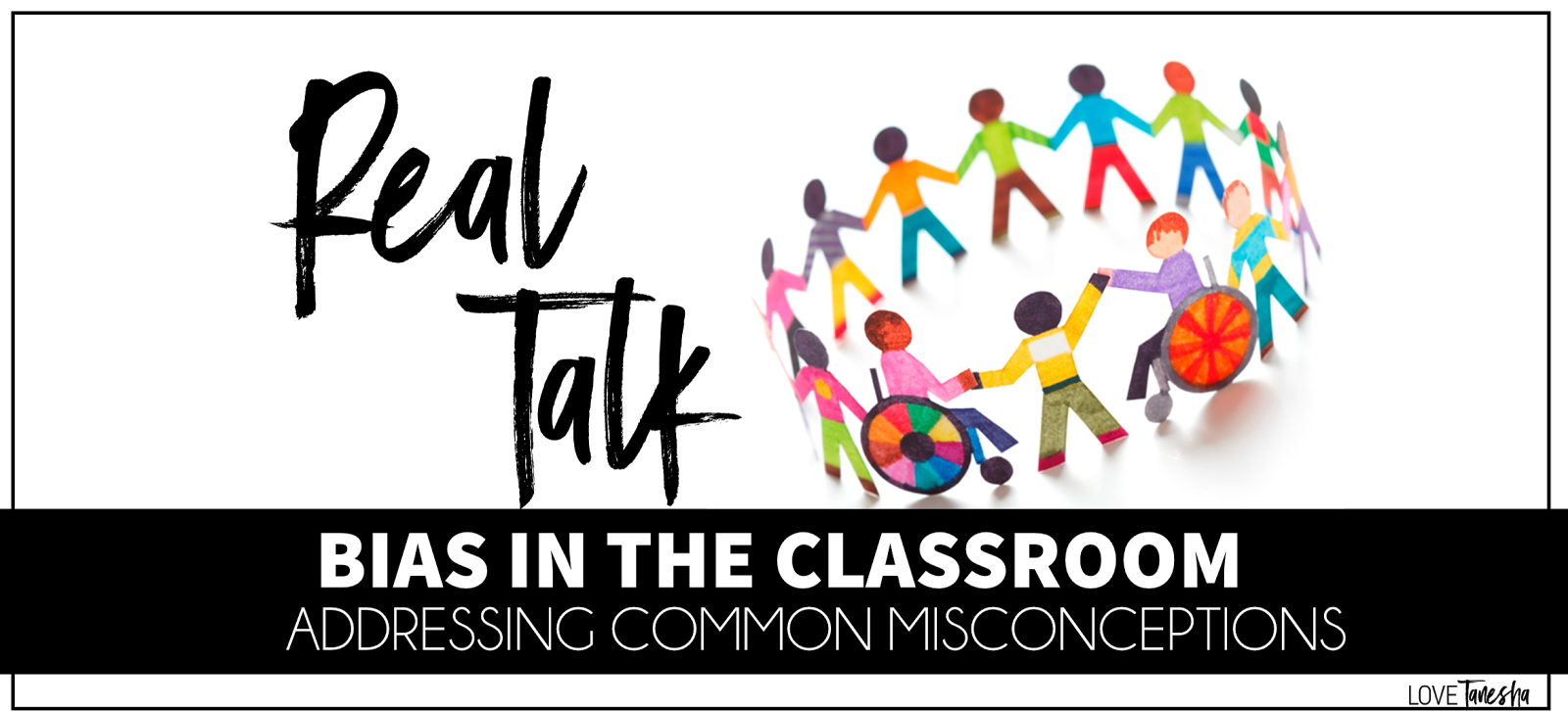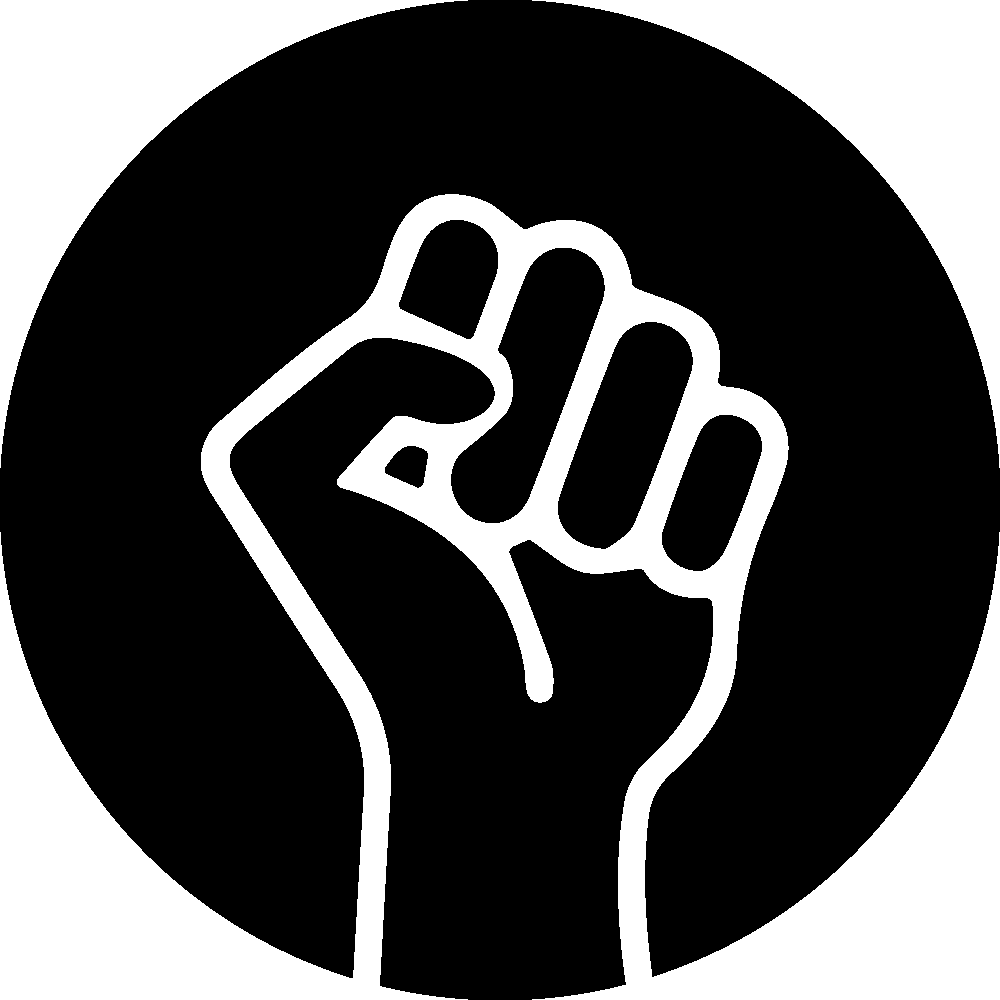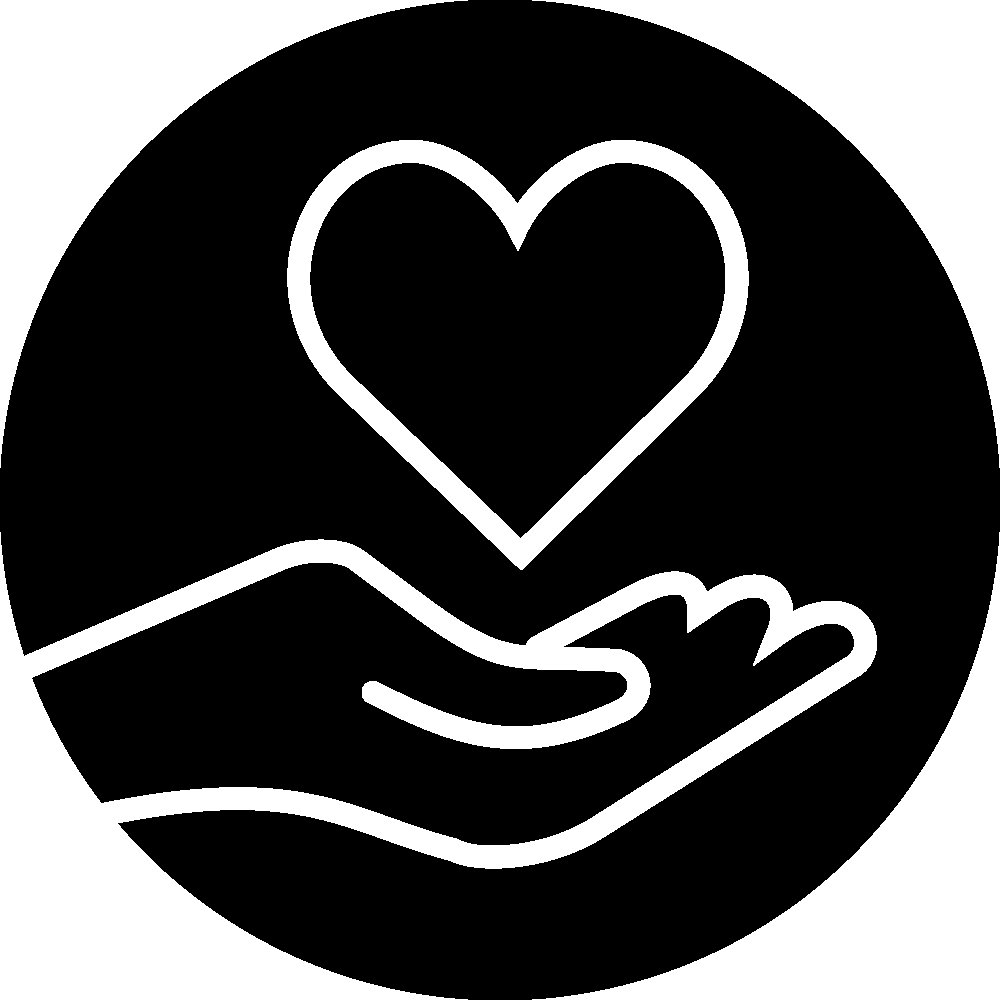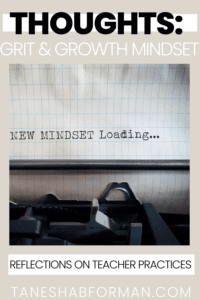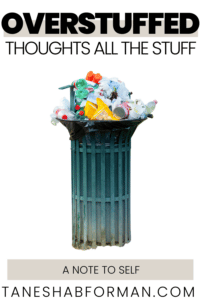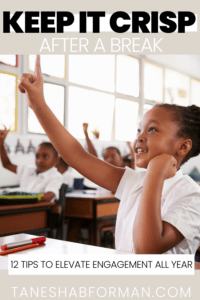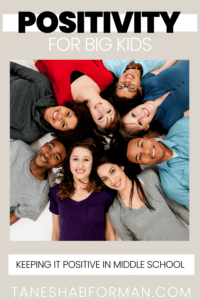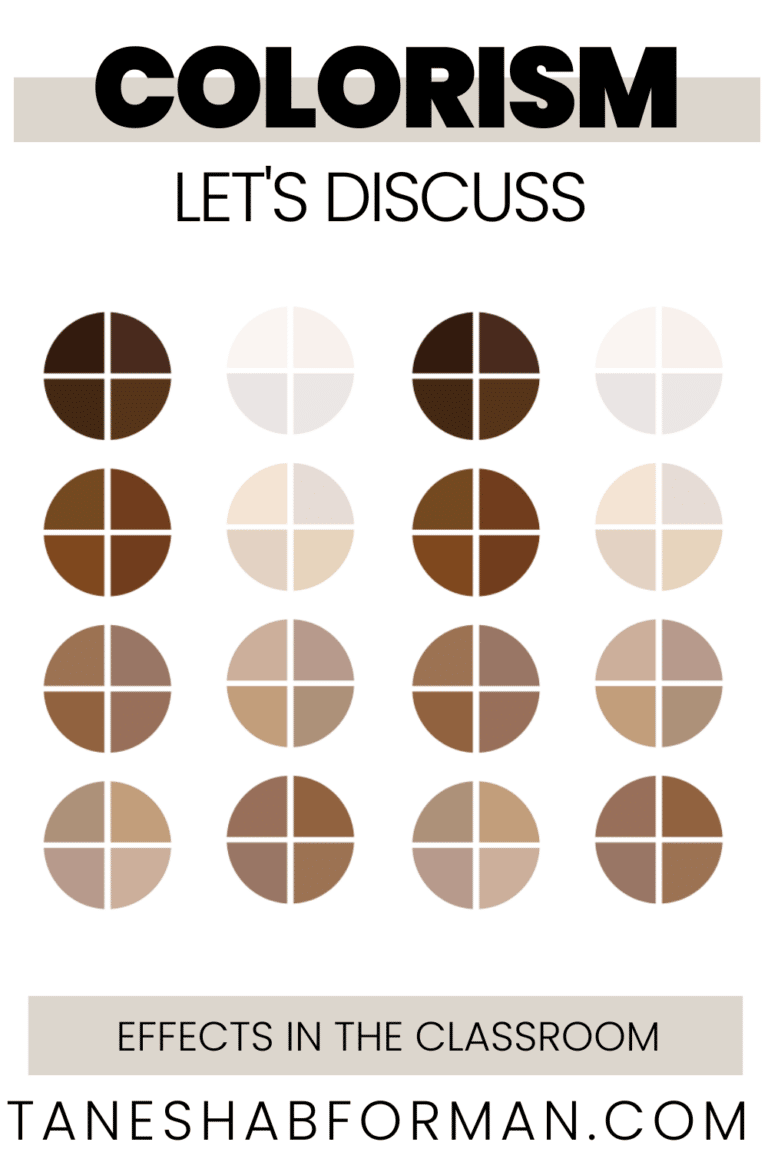
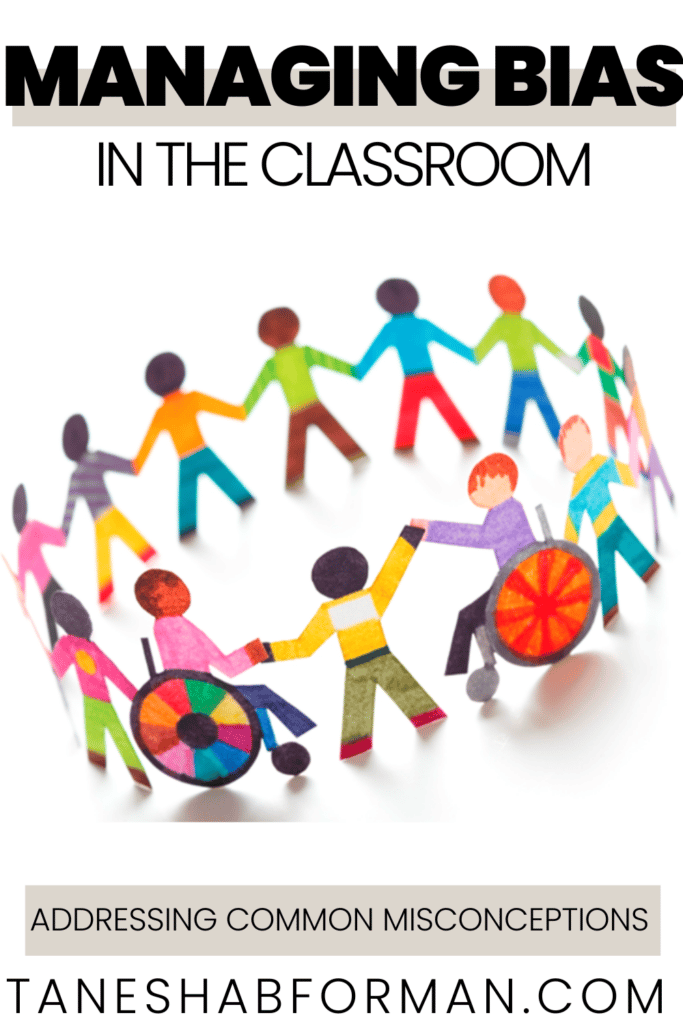
Thoughts on Managing Bias in the Classroom
I talk about race, class, privilege, and inclusiveness A LOT as a blogger. It’s my passion, and I am unapologetic about it. If we are to embrace all of our students, we have to converse and reflect on our practices to ensure that our classrooms are affirming and nourishing all of our scholars. I am always reviewing my classroom rules and procedures to double check for blindspots, or assumptions I might be making about my students as a result of a unchecked biases. As usual, I’d love to know your thoughts too!
In her book Why Are All the Black Kids Sitting Together in the Cafeteria: And Other Conversations About Race, Dr. Beverly Tatum notes that we all breathe in smog. In this way she compares smog to racism by noting, “sometimes it is so thick it is visible, other times it is less apparent, but always, day in and day out, we are breathing it in.” WE.ALL.BREATHE.IT. It doesn’t mean we are all racist, but rather that none of us are free from bias, and that we are constantly bombarded with negative messages of groups of people, which become internalized. As educators, we have to step back and ensure that our unconscious biases are not causing us to take action that prevents our students from feeling safe and included in our classrooms. Let’s think about this through the lens of classroom management. When evaluating your classroom management system, think about how it may unfairly favor one group over another. Below are a few pitfalls that this mindset might lead teachers to as a result of unchecked biases.
 BEHAVIOR CHARTS – These are pretty popular in the lower grades. If you are going to use images of children, think about how the placement of children in the continuum factor into the psyche of your kids. A chart that displays a white child at the top representing the best behavior plays into some of the ongoing negative messages that we all absorb. How would your students of color feel not being “reflected” until the bottom of the chart? When creating a chart like this, consider having multiple children represented throughout the levels, or no children at all.
BEHAVIOR CHARTS – These are pretty popular in the lower grades. If you are going to use images of children, think about how the placement of children in the continuum factor into the psyche of your kids. A chart that displays a white child at the top representing the best behavior plays into some of the ongoing negative messages that we all absorb. How would your students of color feel not being “reflected” until the bottom of the chart? When creating a chart like this, consider having multiple children represented throughout the levels, or no children at all. TEACHERS VS. STUDENTS – One of my favorite bloggers, Blair Turnerrecently posted about this “game.” In short, be mindful of games that pit students versus the teacher. There are variations in how this game is played, but I encourage teachers to reflect on the message sent regarding power and privilege if the teacher earns a point when the class doesn’t do something.
HARD WORK GUARANTEES SUCCESS – A very nuanced concept, but it’s important to remember that hard work can lead to success, but doesn’t necessarily guarantee success in life. This is a really hard reflection to have, and one that a colleague at my current school brought up because of a line in our core outcomes that read something to the tune of “I know that if I work hard I will achieve my life goals.” While we certainly want our students to cultivate a strong drive towards their goals, we don’t want to ignore the fact that there are many systems that continue to oppress members of society that share the identity of our students. As a result, hard work will not always be the only determining factor in realizing their goals. #realtalk
It has been proven time and time again that even our “Kinder-babies” see color and difference (e.g. the “doll test” here, here, here, and here). Last year, my niece who is five saw a Santa Claus doll in my mother’s house and said, “Santa isn’t black.” Imagine that! She’s five and while most of our family members have black Santa Claus figures, somehow she internalized that the real Santa was white based on trips to the mall, TV, and other places. I would argue that we have to think about our youngest scholars just as much, if not more when creating an inclusive classroom. Our students soak up so much from our classrooms that help them make meaning of the world. Our procedures should help students make strong choices and underscore the habits of good community members. Teachers should reflect on whether or not procedures reinforce common stereotypes, or undermine common cultural norms within a group. Below are a few pitfalls that connect to classroom procedures.
 THE CONTROL EVERYTHING MINDSET – I honestly believe that the overwhelming majority of teachers want what’s best for their students. This compelling belief and desire for our kids might cause us to take action that stifles their development. Four years ago I taught at a middle school that demanded straight lines. The problem was that we weren’t truly teaching our students about social intelligence and self awareness, and some students were getting in BIG trouble for… wait for it, not walking in a straight line and/or whispering in the halls. I often wondered about the transferable skills students were learning by walking in straight quiet lines, and to this day have NO EXAMPLES. My school was approximately 98% African American with about 85% qualifying for free or reduced lunch. Our staff was about 70% white. I’ve since left the school, and they are changing up methods, but I’ve thought about the impact of our actions on our students. Such strict control and required submissiveness from students takes away their decision making ability, and in my opinion doesn’t reflect our highest aspirations for students. I often think about how students conceive power when the majority of their teachers do not share their identity and are enforcing excessive control over them.
THE CONTROL EVERYTHING MINDSET – I honestly believe that the overwhelming majority of teachers want what’s best for their students. This compelling belief and desire for our kids might cause us to take action that stifles their development. Four years ago I taught at a middle school that demanded straight lines. The problem was that we weren’t truly teaching our students about social intelligence and self awareness, and some students were getting in BIG trouble for… wait for it, not walking in a straight line and/or whispering in the halls. I often wondered about the transferable skills students were learning by walking in straight quiet lines, and to this day have NO EXAMPLES. My school was approximately 98% African American with about 85% qualifying for free or reduced lunch. Our staff was about 70% white. I’ve since left the school, and they are changing up methods, but I’ve thought about the impact of our actions on our students. Such strict control and required submissiveness from students takes away their decision making ability, and in my opinion doesn’t reflect our highest aspirations for students. I often think about how students conceive power when the majority of their teachers do not share their identity and are enforcing excessive control over them. NOT REFLECTING ON CULTURAL NORMS – Silent lunch is a practice which may counter the cultural norms of students if not presented in a manner that respects their home environment. For example, if the lunchroom is loud and a teacher yells “stop talking loud like you have no home training.” Many cultures have talkative family dinners, which might be loud… and that’s awesome. It’s not okay to state that this is wrong, or imply that students are not acting appropriately. The goal here isn’t to say that teachers should never have silent lunch, or that it’s a practice we should eliminate. I’m just encouraging us to think about how we redirect students towards expectations for school in manner that respectfully recognizes that school and home norms may be different.
THE VERNACULAR – I’ve heard many arguments for/against students speaking “proper English” in school. The book This is Not a Test by Jose Luis Vilson includes a powerful line that gets at the gist of HOW we should think about the language(s) students bring to our classrooms. He writes, “… I also see is a symptomatic of the schooling process, which often fails to account for other children’s literacy, as if the code that children speak has no value compared to the King’s English.” Boom!
THE VERNACULAR – I’ve heard many arguments for/against students speaking “proper English” in school. The book This is Not a Test by Jose Luis Vilson includes a powerful line that gets at the gist of HOW we should think about the language(s) students bring to our classrooms. He writes, “… I also see is a symptomatic of the schooling process, which often fails to account for other children’s literacy, as if the code that children speak has no value compared to the King’s English.” Boom!
This is commonly known as colorblindness, and usually comes from a very well intentioned place, but it is wrong. I repeat WRONG. There is no way around it. Being “colorblind” usually allows those from the dominant race to ignore the experiences of others who aren’t. The experiences and differences that our students bring to our classrooms are valuable and make them who they are, and if we don’t recognize them, we are doing a serious injustice to our classroom culture and students. Check materials for diversity of thought and perspectives, or for curriculum materials that may inadvertently demean certain groups. Below are a few strategies that connect to celebrating all students.
NAMES IN MATERIALS – When creating materials, be sure to include diverse names, and double check how people with traditionally diverse names might be engaging in stereotypical actions. Similarly, you want to have a diverse selection of books, toys and materials regardless of the population you teach.
PICTURES – This is a personal pet peeve, but when choosing pictures for students, it’s important to remember that different shades of the same clipart picture does not equate diversity. A fellow blogger Jameson over at Lessons With Coffee suggested Illumismart, and I LOVE HER WORK! It captures and celebrates difference!
This is difficult, and requires us to be hyper vigilant about the decisions we make and to engage in honest reflections about our practices. The stakes are too high not to.
“The secret in education lies in respecting the student.” – Ralph Waldo Emerson

PIN FOR LATER!
JOIN THE COLLECTIVE
Sign up and access the FREE resources to support your Anti-Bias/Anti-Racism journey.

Tanesha B. Forman
I'm a current middle school administrator who loves breaking down complex topics and providing opportunities for educators learn, reflect, practice, and implement methods that foster equity and anti-racism. I believe we win together!
Behind the Blog


Hi, I'm Tanesha.
I’m a current middle school administrator who loves breaking down complex topics and providing opportunities for educators learn, reflect, practice, and implement methods that foster equity and anti-racism. I believe we win together!

